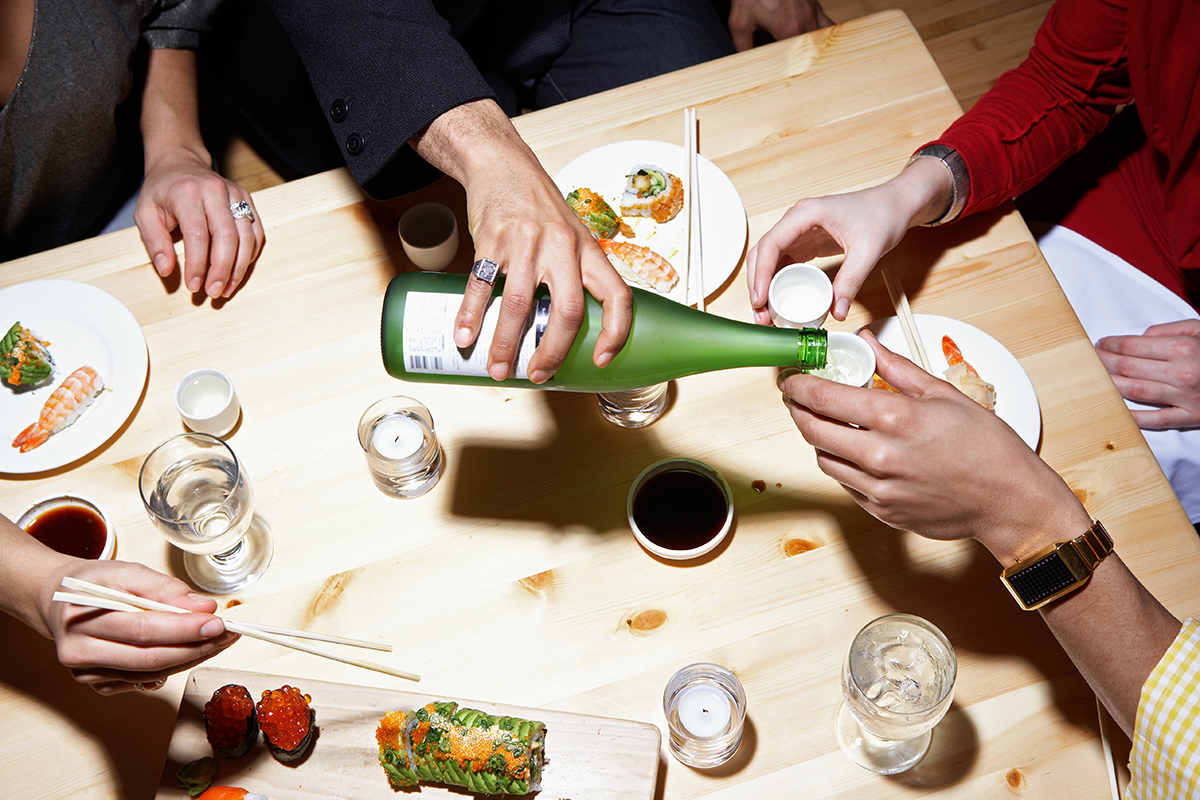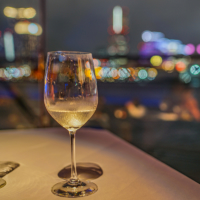Japan’s inbound tourism is coming back strong and so are fans of Japanese sake.
Japan is now open to travelers from all countries and regions after more than three years of strict border control during the COVID-19 pandemic, and this year’s Sake Day on Oct. 1 could be the perfect time to enjoy Japan’s much-loved alcoholic beverage.
The popularity of sake has grown in recent years and exports are booming.
For both visitors to Japan and those who live here, visiting sakagura (sake breweries) could be an excellent opportunity to discover the charm of sake firsthand. There are roughly 1,200 breweries operating across Japan, and some allow visitors to observe the production process, enjoy tastings and purchase original alcoholic products.
Popularity rising overseas
According to the Finance Ministry, domestic shipments of sake have been on the decline since peaking at around 1.7 million kiloliters in 1973, dropping to a record low of 400,000 kiloliters in 2022. However, exports have grown sharply in recent years, thanks to the popularity of Japanese cuisine and the emergence of sake fans abroad.
Many exported sake products used to be adulterated to increase the quantity sold or compensate for low quality because they had not been properly preserved. Today, brewers export high-quality sake, and the higher number of Japanese restaurants overseas has made it easier to maintain their quality.
Though the pandemic dented the consumption of sake in 2020, exports quickly recovered in 2021 and continued to expand in 2022. In value terms, total sake exports have risen more than tenfold to a record of ¥47.5 billion in 2022 from ¥3.4 billion in 1998.
Among the various types of sake, the most popular and growing category is tokuteimeishō-shu (premium sake), which is brewed only with rice, rice kōji (yeast) and brewer’s alcohol. All others are generally called futsū-shu, or basic sake.
Of the six key grades of premium sake, daiginjō, ginjō, junmai daiginjō and junmai ginjō usually have fruity and floral flavors with less acid and umami, and are made with highly polished rice and cool fermentation temperatures. The other two, junmai and honjōzō, which use lightly polished rice and warm fermentation temperatures, have cereal and lactic aromas with more acid and umami. Those labeled junmai, which means “pure rice,” have not had high-strength distilled alcohol added before filtration.

More women enjoy sake
For much of its history, the industry had developed along with Japan’s male-dominated drinking culture. This long-standing trend, however, is changing. As brewers continuously refine their production methods, new varieties of sake are emerging that appeal to foreign nationals and women, such as sparkling sake and sweet “dessert” sake.
By increasing the yeast while slightly reducing the alcohol content, some breweries are also making sake that tastes more like grape wine. Such efforts have made the drink more compatible with heavily seasoned, fatty, dairy-based Western cuisine.
Sake pairs well with cheese and ham, for example, because both the foods and the beverage contain a variety of amino acids and peptides, such as glutamic acid. These contribute to creating a complex umami-rich taste and a robust savory flavor.
Along with the market shifts over the decades, more women have entered the sake industry, becoming sommeliers or even assuming top positions in the breweries themselves.
To promote Japan’s traditional culture and empower women in the industry, the first-ever sake competition overseen by female judges, the Japan Women’s Sake Award, was held on Sept. 28, and the winners will be announced in October. The judges are qualified women, including sommeliers, flight attendants and chefs who work closely with the beverage on a daily basis, according to the organizer.
For those looking for an easy-to-understand introduction to sake, checking out these latest efforts by the industry may be helpful in finding the best sake for yourself.





